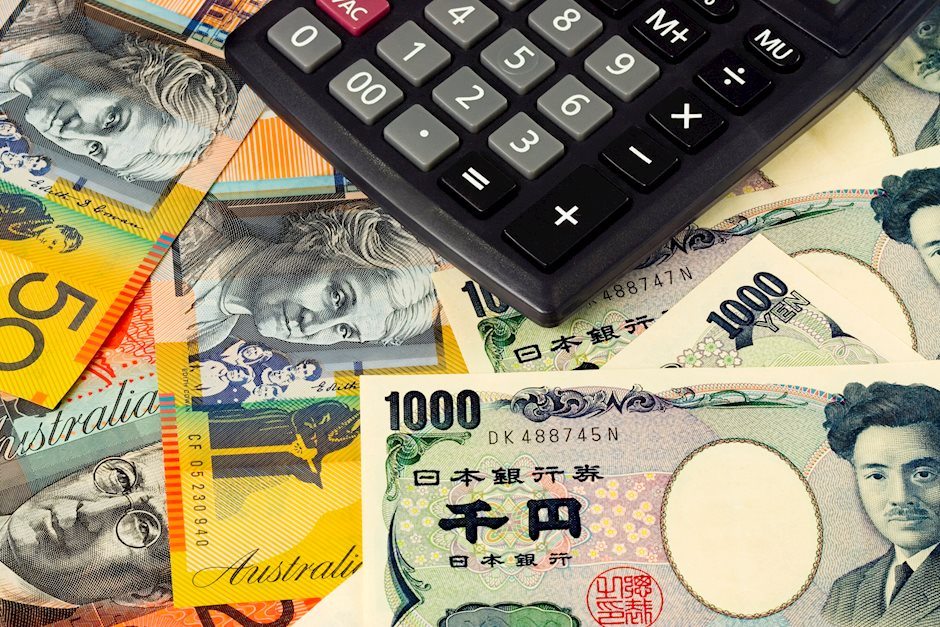AUD/JPY moves above 101.00 due to BoJ uncertainty regarding interest rate hikes
- AUD/JPY gains ground due to uncertainties regarding the future BoJ interest rates outlook.
- BoJ's Summary of Opinions highlighted divisions among policymakers regarding the timing of future rate hikes.
- The Australian Dollar faced challenges as China's latest stimulus measures fell short of investors’ expectations.

AUD/JPY retraces its recent losses from the previous session, trading around 101.20 during early European hours on Monday. The upside of the AUD/JPY cross is attributed to lower Japanese Yen (JPY) following the release of the Bank of Japan's (BoJ) Summary of Opinions. The BoJ’s October report highlighted divisions among policymakers regarding the timing of future interest rate hikes.
Some members of the Bank of Japan expressed concerns about global economic uncertainties and rising market volatility, particularly around the Yen's depreciation. Still, the central bank has suggested it might increase its benchmark policy rate to 1% by the latter half of the 2025 fiscal year.
In Japan, Prime Minister Shigeru Ishiba’s Cabinet resigned en masse before the Diet (parliament) during an extraordinary Cabinet meeting on Monday morning. With the ruling coalition of the Liberal Democratic Party (LDP) and Komeito now holding less than a majority in the House of Representatives, Monday’s vote is expected to lead to a runoff between Ishiba and Yoshihiko Noda, the leader of the major opposition party, the Constitutional Democratic Party.
The Australian Dollar (AUD) edged higher despite a generally cautious outlook due to concerns over Donald Trump’s proposed tariff increases on Chinese goods, which could impact Australian markets as China is one of its largest trading partners.
Further weighing on the Australian Dollar were China’s latest stimulus measures, which fell short of investor expectations and dampened demand prospects for Australia’s top trading partner. On Friday, China announced a 10 trillion Yuan debt package aimed at easing local government financing pressures and supporting sluggish economic growth; however, the package stopped short of including direct economic stimulus initiatives.
Interest rates FAQs
Interest rates are charged by financial institutions on loans to borrowers and are paid as interest to savers and depositors. They are influenced by base lending rates, which are set by central banks in response to changes in the economy. Central banks normally have a mandate to ensure price stability, which in most cases means targeting a core inflation rate of around 2%. If inflation falls below target the central bank may cut base lending rates, with a view to stimulating lending and boosting the economy. If inflation rises substantially above 2% it normally results in the central bank raising base lending rates in an attempt to lower inflation.
Higher interest rates generally help strengthen a country’s currency as they make it a more attractive place for global investors to park their money.
Higher interest rates overall weigh on the price of Gold because they increase the opportunity cost of holding Gold instead of investing in an interest-bearing asset or placing cash in the bank. If interest rates are high that usually pushes up the price of the US Dollar (USD), and since Gold is priced in Dollars, this has the effect of lowering the price of Gold.
The Fed funds rate is the overnight rate at which US banks lend to each other. It is the oft-quoted headline rate set by the Federal Reserve at its FOMC meetings. It is set as a range, for example 4.75%-5.00%, though the upper limit (in that case 5.00%) is the quoted figure. Market expectations for future Fed funds rate are tracked by the CME FedWatch tool, which shapes how many financial markets behave in anticipation of future Federal Reserve monetary policy decisions.
Author

Akhtar Faruqui
FXStreet
Akhtar Faruqui is a Forex Analyst based in New Delhi, India. With a keen eye for market trends and a passion for dissecting complex financial dynamics, he is dedicated to delivering accurate and insightful Forex news and analysis.

















